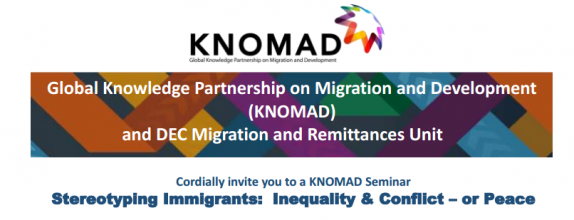
Event description:
Stereotypes reflect a society’s inequality and conflict, providing a diagnostic map of intergroup relations. This stereotype map’s fundamental dimensions depict each group’s warmth (friendly, sincere) and competence (capable, skilled). All over the world (49 samples in 38 countries), when immigrants appear, they are stereotyped as low on both dimensions, among the worst outgroups. Undocumented, asylum-seekers and refugees all occupy this space. US samples do subtype immigrants, showing European and Asian immigrant stereotypes that differ from this negative default, but Latino and African immigrant stereotypes do fit the worst case. Looking across all groups, some societies cluster groups as high on both (positive “us”) versus low on both (negative “them”). Other societies, including the US, have us-them clusters but add ambivalent ones (high on one dimension, low on the other). The recent cross-national study shows peace-conflict predicts ambivalence. Extremely peaceful and conflictual nations both display un ambivalent us-them patterns, whereas intermediate peace-conflict predicts high ambivalence. The Americas, North and South, with long histories of receiving immigrants, illustrate the intermediate case. Replicating previous work, higher inequality also predicts more ambivalent stereotype clusters, as if there is more to explain (e.g., deserving and undeserving poor). Thus, nations with high inequality and intermediate Cordially invite you to a KNOMAD Seminar Stereotyping Immigrants: Inequality & Conflict – or Peace Global Knowledge Partnership on Migration and Development (KNOMAD) and DEC Migration and Remittances Unit peace-conflict each use ambivalent stereotypes, explaining complicated intergroup relations and maintaining social system stability.
Speakers


